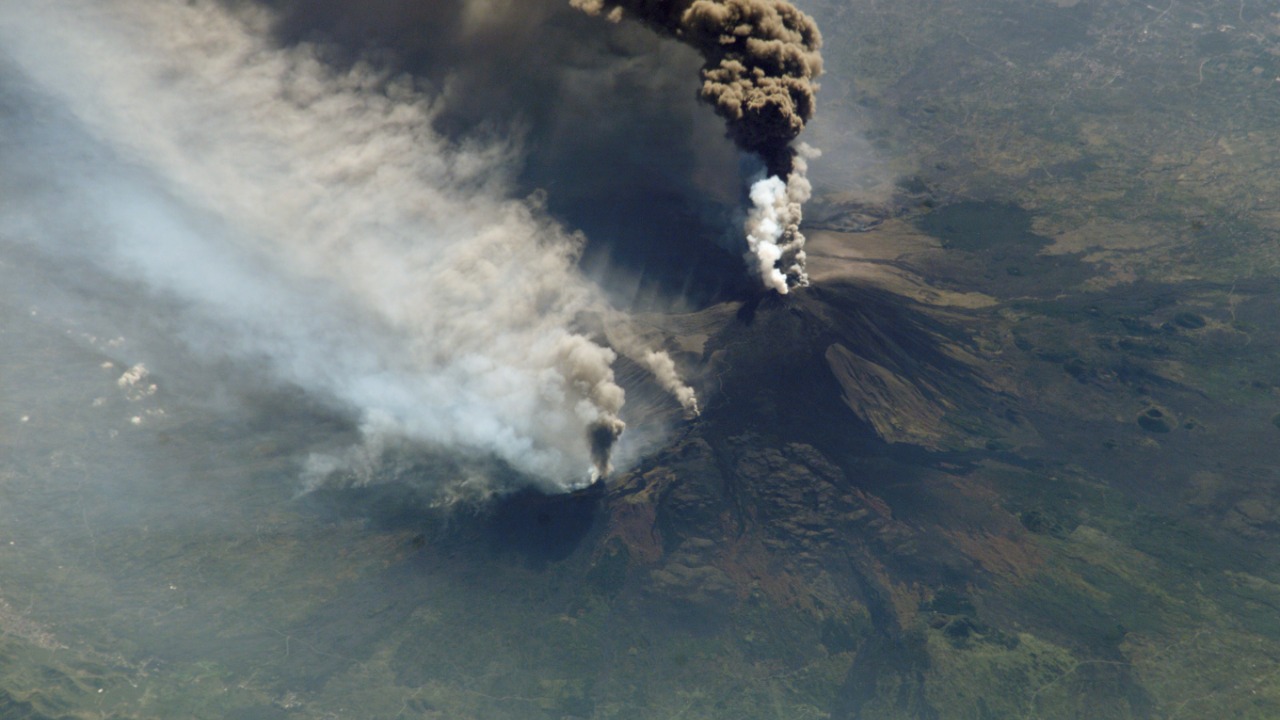
A groundbreaking 20-year study on Mount Etna has revealed a novel method for predicting its eruptions, offering a beacon of hope for better preparedness in the densely populated regions of Sicily. This discovery, which builds on decades of data, refines eruption predictions beyond traditional seismic signals, potentially reducing risks from one of Europe’s most active volcanoes.
The History of Mount Etna’s Activity
Mount Etna, a key site for global volcanology studies, has a long history of frequent eruptions. Over the past century, this active volcano has produced numerous significant events, including major eruptions in the 2000s that prompted enhanced monitoring efforts in Sicily. Its proximity to Catania, a bustling city, has often led to evacuations and substantial infrastructure damage, underscoring the need for long-term research and improved prediction methods.
Overview of the 20-Year Study
Initiated around 2005, the 20-year study focused on continuous data collection from seismic, gas, and ground deformation sensors on Mount Etna. This collaborative effort involved Italian volcanologists and international partners, amassing a vast amount of data over two decades. The findings from this 20-year study have laid the foundation for breakthrough insights into eruption prediction.
Key Innovations in Eruption Prediction
The new method relies on subtle pre-eruptive signals, such as changes in magma movement, detected earlier than before. This approach marks a significant departure from traditional methods that primarily focused on seismic activity. Furthermore, scientists have integrated artificial intelligence and machine learning to analyze patterns from the 20-year dataset. This integration has led to specific metrics like prediction windows of days to weeks, a considerable improvement on prior hours-long forecasts. These advancements were made possible by the scientists’ discoveries in the field of volcanology.
Scientific Methodology and Data Sources
The study utilized a combination of satellite imagery and on-site instruments to track Mount Etna’s subsurface activity throughout the study period. The findings on gas emissions and thermal anomalies from the 20-year study were integrated as predictive indicators. However, data validation posed challenges, necessitating cross-referencing with past eruptions dated to the 2010s. Despite these hurdles, the study’s methodology and data sources have proven to be robust and reliable.
Implications for Public Safety and Monitoring
The new prediction method could significantly enhance evacuation protocols for communities near Mount Etna, potentially saving lives during future eruptions. Furthermore, timely alerts could reduce disruptions to Sicily’s tourism and agriculture sectors, offering substantial economic benefits. This new way to predict eruptions could serve as a model for monitoring other active volcanoes worldwide, marking a significant milestone in global volcanic hazard management.
Future Research and Global Applications
Looking ahead, the methodology developed from Mount Etna’s 20-year study could be expanded to other volcanoes like Stromboli. Ongoing refinements are underway, including plans for real-time implementation starting in late 2025 based on recent findings. These advancements underscore the potential of scientists’ discoveries in fostering international volcanic hazard networks, contributing to a safer and better-prepared world.
More from MorningOverview